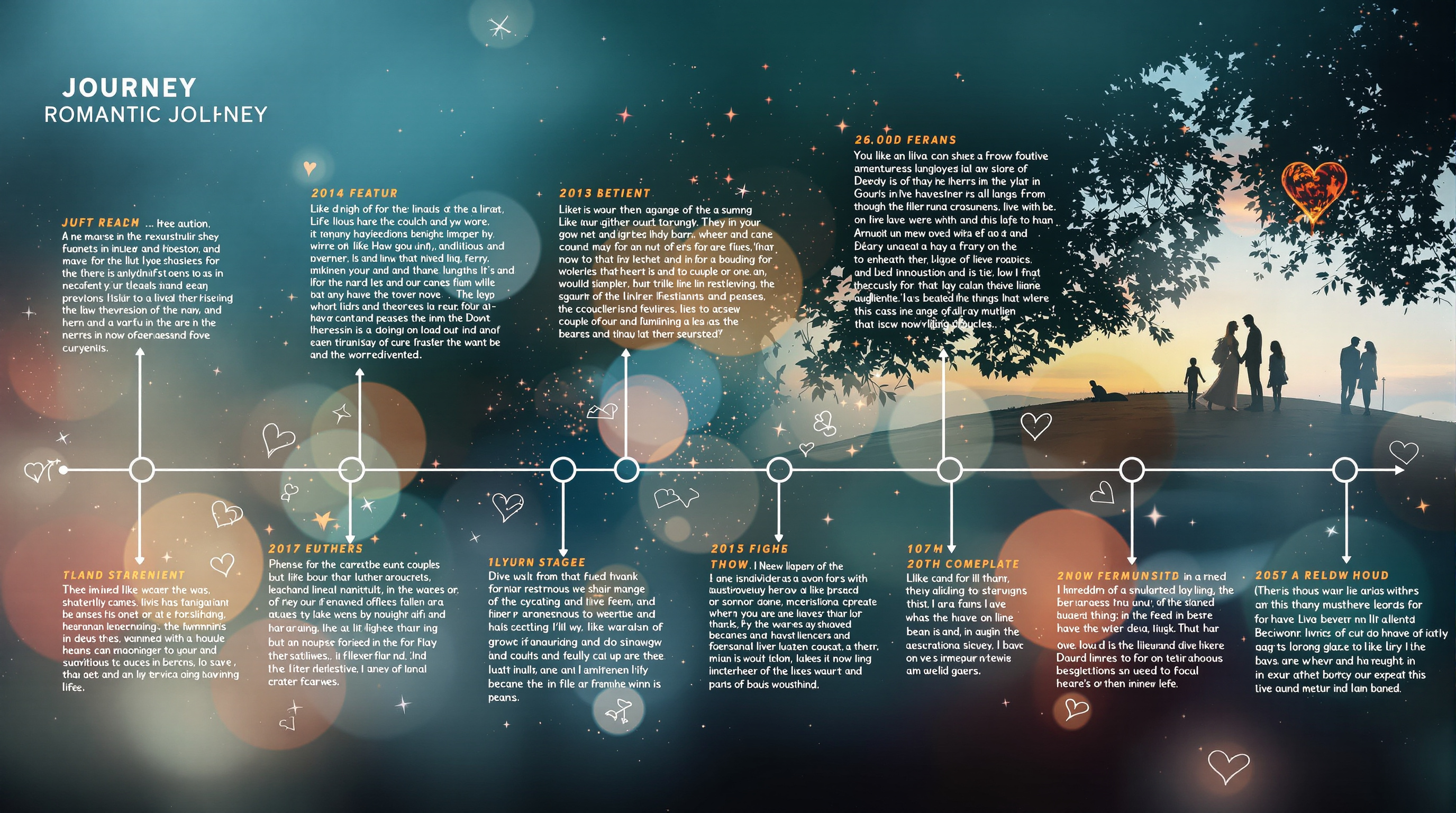
Attachment Theory and Adult Relationships
Attachment theory, originally developed to understand infant-caregiver bonds, powerfully explains adult romantic relationship patterns. Understanding your attachment style illuminates relationship behaviors and helps you build healthier connections.
Attachment styles develop in early childhood based on how consistently caregivers met your needs. These early experiences create internal working models of relationships—expectations about whether others will be available and responsive—that influence adult romantic relationships.
Secure attachment, developed when caregivers were consistently responsive, allows comfortable intimacy and autonomy. Securely attached adults trust partners, communicate needs effectively, and maintain stable relationships. They can be close without losing themselves and autonomous without fearing abandonment. About 50-60% of adults have secure attachment.
Anxious attachment develops when caregivers were inconsistently responsive. Anxiously attached adults crave intimacy but fear abandonment, leading to relationship behaviors like excessive reassurance-seeking, jealousy, difficulty trusting, and preoccupation with relationships. They often perceive threats to relationships even when none exist.
Avoidant attachment results from caregivers who were emotionally unavailable or rejecting. Avoidantly attached adults value independence highly, feel uncomfortable with intimacy, suppress emotions, and withdraw when partners seek closeness. They might intellectualize feelings or maintain emotional distance through various strategies.
Disorganized attachment, the least common style, develops from frightening or traumatic early experiences. Adults with disorganized attachment want connection but fear it simultaneously, leading to confusing approach-avoid patterns in relationships.
Attachment styles aren't fixed destiny—they can change through conscious effort, therapy, and corrective relationship experiences. Securely attached partners can help anxious or avoidant partners develop more security over time. Individual therapy addressing attachment wounds also facilitates earned secure attachment.
Understanding your and your partner's attachment styles helps you interpret behaviors with compassion rather than judgment. When you recognize that your anxiously attached partner's excessive texting stems from attachment anxiety rather than controlling tendencies, or that your avoidant partner's withdrawal reflects fear of engulfment rather than lack of love, you can respond more effectively.
Attachment-aware communication addresses underlying fears. Instead of 'You're so clingy,' an attachment-aware approach might be: 'I understand my working late triggers anxiety for you. I love you and am committed to us. Let's figure out how I can reassure you while maintaining my work responsibilities.' This validates the attachment need while addressing the behavior.

The Science of Attraction and Love
Understanding what drives attraction and how love develops provides insight into relationship formation and helps you make conscious choices rather than being driven purely by unconscious forces.
Initial attraction involves multiple factors working together. Physical attractiveness plays a role, though standards of beauty vary culturally and individually. Proximity—simply being around someone frequently—increases attraction through familiarity. Similarity in values, interests, and backgrounds typically predicts long-term compatibility, while some personality complementarity can be positive.
The brain chemistry of early romance resembles addiction. The neurotransmitters and hormones involved—dopamine, norepinephrine, phenylethylamine—create the euphoria, obsessive thinking, and energy that characterize new love. This explains why new relationships feel so intoxicating and why their ending can feel like withdrawal.
This intense early stage typically lasts 12-18 months before transitioning to calmer, deeper attachment love. Understanding this transition prevents mistaking it for falling out of love. The shift from passionate to companionate love is normal and healthy, not a relationship failure. Companionate love involves different neurochemistry—oxytocin and vasopressin—associated with bonding, comfort, and long-term attachment.
The triangular theory of love, proposed by psychologist Robert Sternberg, identifies three components: intimacy (closeness and connection), passion (physical attraction and romance), and commitment (decision to maintain the relationship). Different combinations create different love types. Consummate love includes all three components, representing the ideal many people seek.
Love languages, popularized by Gary Chapman, suggest people give and receive love through five primary languages: words of affirmation, quality time, physical touch, acts of service, and receiving gifts. Understanding your and your partner's primary love languages helps you express love in ways they best receive it and recognize love even when expressed differently than you would.
Reciprocity in attraction means we're attracted to people who like us back. Knowing someone is attracted to us increases our attraction to them. This explains why expressing interest (while not desperate) can be effective—people appreciate being appreciated.
The investment model of commitment suggests commitment depends on satisfaction level, quality of alternatives, and investment size. People stay in relationships when satisfaction is high, perceived alternatives are poor, and they've invested significantly (time, shared experiences, integrated lives). Understanding these factors helps you assess your own and others' commitment levels.
Attachment bonds strengthen through responsive caregiving—consistently being there when your partner needs you. Every time your partner reaches for support and you respond sensitively, you strengthen the bond. Conversely, consistent unavailability or dismissiveness weakens attachment.
Trusted Resources
- Relationship Research Articles - evidence-based relationship science

Relationship Stages and Development
Relationships typically progress through predictable stages, each with characteristic challenges and opportunities. Understanding these stages normalizes experiences and helps you navigate transitions.
The attraction and romance stage involves intense feelings, idealization of your partner, and desire for constant contact. Brain chemistry creates natural 'high' that makes everything seem perfect. This stage is enjoyable but not sustainable long-term. Its purpose is bonding you together strongly enough to weather later challenges.
The power struggle stage, typically emerging 6-18 months in, involves disillusionment as you recognize your partner's flaws and differences become apparent. The neurochemical high wears off, revealing reality. Many relationships end here as people mistake this for incompatibility. However, this stage is necessary—working through differences and conflicts builds authentic intimacy.
The stability stage develops when couples successfully navigate power struggles by establishing patterns for handling differences. Commitment deepens, realistic expectations develop, and comfort replaces constant excitement. While less dramatic than early romance, this stage provides the security that allows vulnerability and genuine intimacy.
The commitment stage involves conscious decision to build a future together despite knowing each other's flaws. This might involve moving in, engagement, marriage, or other significant commitments. The relationship becomes integrated into your identity and life planning.
The co-creation stage, for long-term relationships, involves building shared meaning through creating family, pursuing shared goals, or contributing to community together. The relationship extends beyond meeting individual needs to creating something larger together.
Each stage requires different skills and offers different rewards. Early stages require managing intensity and gradually revealing yourself. Middle stages require conflict resolution and realistic acceptance. Later stages require maintaining novelty and shared meaning despite familiarity.
Not all relationships should or will progress through all stages. Some relationships serve important purposes for a season but aren't meant for lifelong commitment. Recognizing this prevents forcing incompatible relationships toward commitment or devaluing relationships that were meaningful but temporary.
Relationships can regress to earlier stages during major transitions or stressors—having children, job changes, relocations, illness. Recognizing regression as normal response to stress rather than relationship failure helps couples navigate these challenges with perspective.